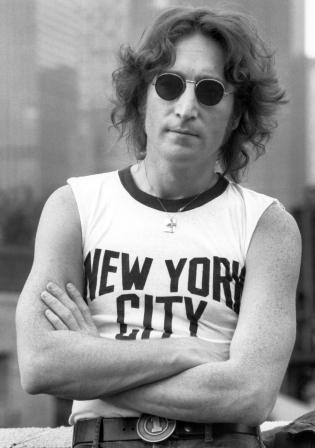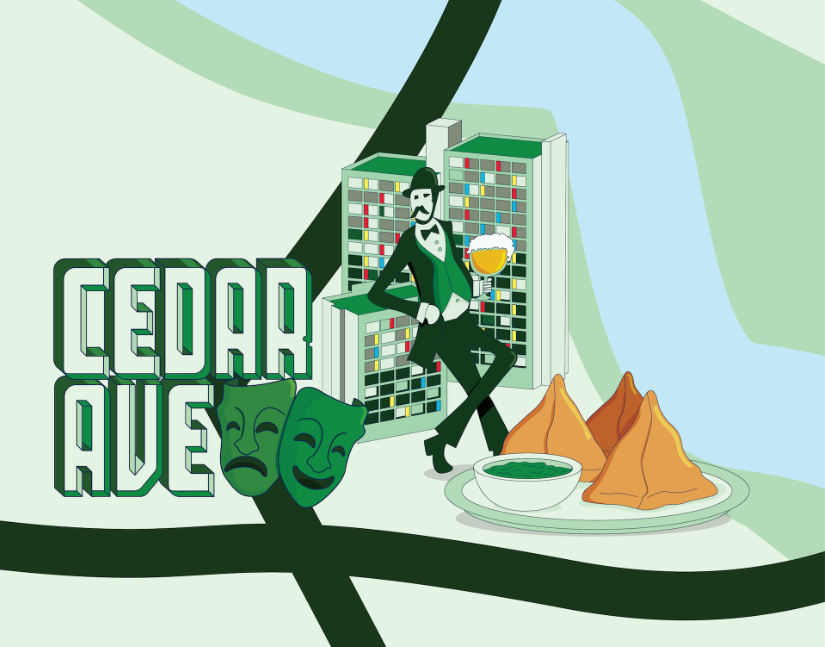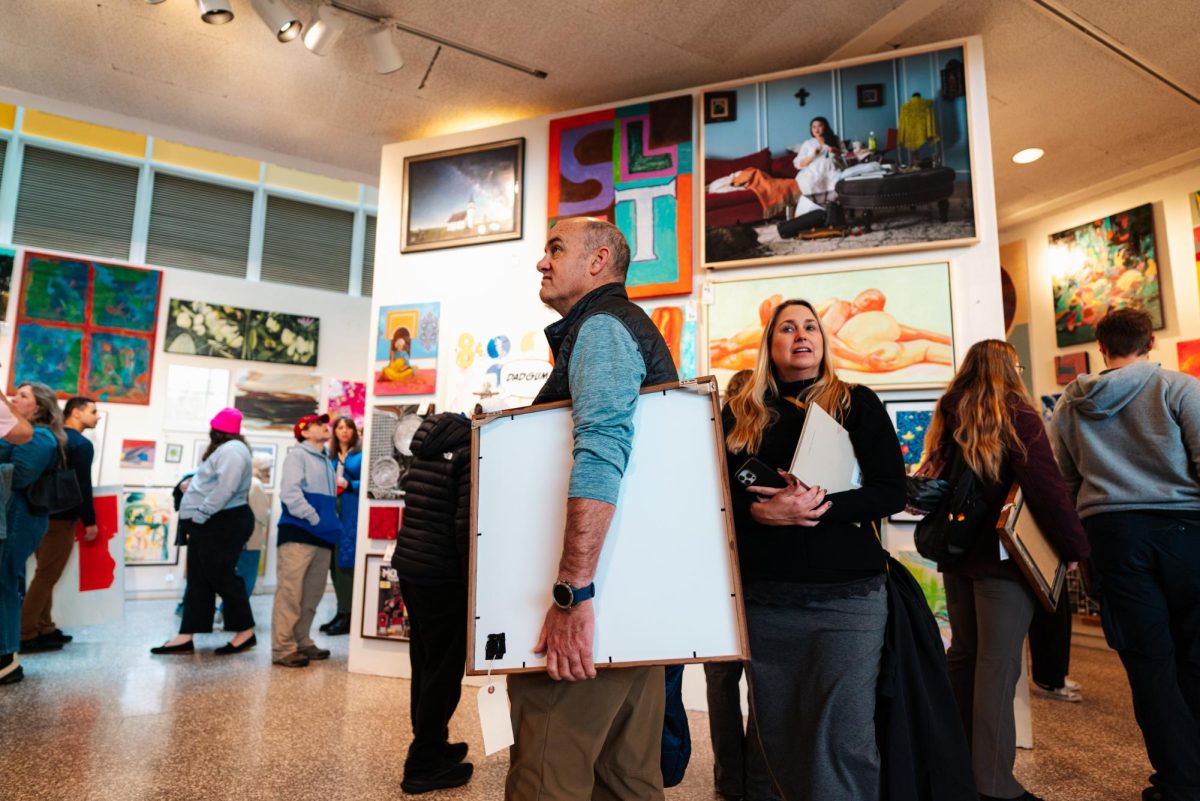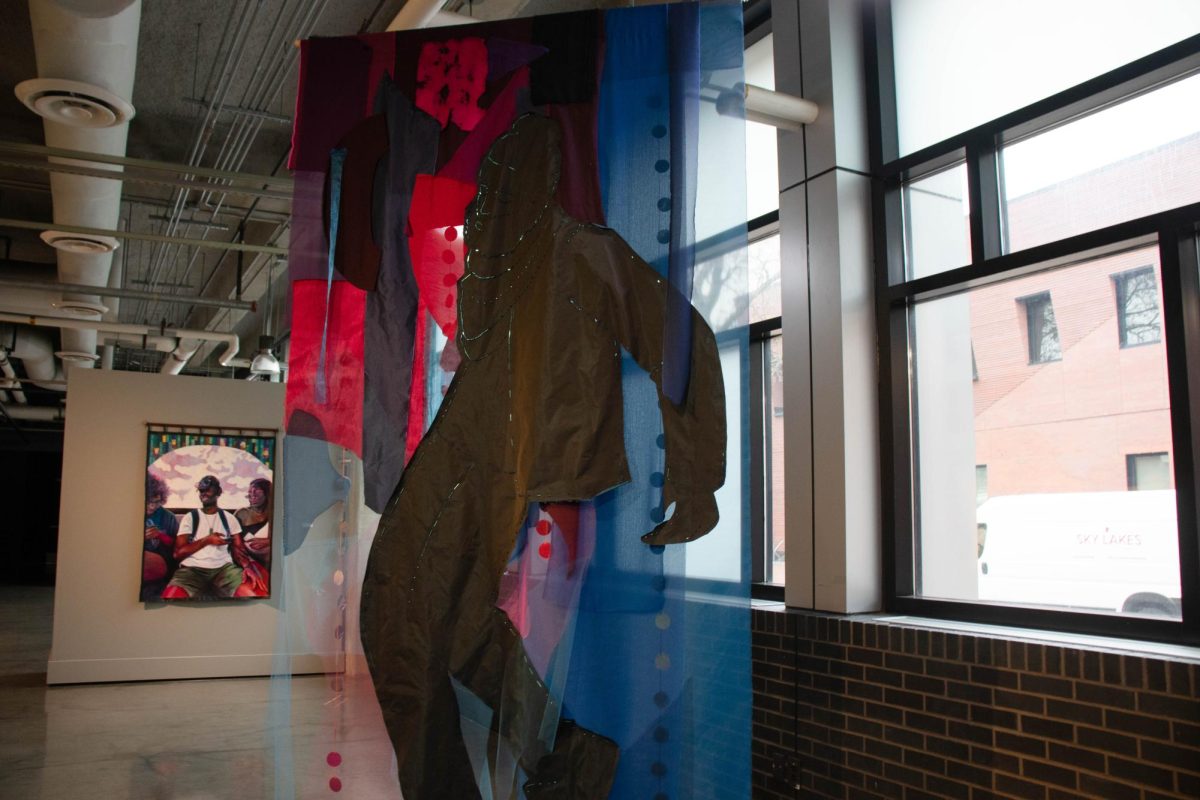WHAT: Bob Gruen presented by The Current Fakebook WHERE: Fitzgerald Theatre, St. Paul WHEN: April, 15, 8 p.m. TICKETS: $20 You know that picture of John Lennon, trademark round sunglasses perched on his nose, arms crossed, âÄúNew York CityâÄù tank top on? Bob Gruen took that. You know the picture of Led Zeppelin, grouped casually around their logo-emblazoned plane, looking like kings of the world? Bob Gruen took that, too. Gruen, whose camera has captured such musical legends as the Clash, Patti Smith and the New York Dolls, has become a stalwart of the music scene, with his photos reproduced everywhere from books to posters. Gruen will be detailing his extensive history within the realms of rock âÄònâÄô roll culture as part of the Current Fakebook, presented by the eponymous radio station. In preparation for his visit to St. Paul, Gruen chatted with A&E from his New York office. Your life has been basically seeped in rock history; you came of age in the âÄúgolden yearsâÄù of rock âÄònâÄô roll. What has your attachment to music, and punk especially, been like? IâÄôve always enjoyed music, and some people like to have music in the background when they work, but I like to have it in the foreground. The special perk of my job was that I got to work in places where other people have to pay to go after work. Those places that people go for entertainment were my office, and I always enjoyed that. I had to work while they were relaxing. I always envied the fact that I couldn’t just sit in audience. What about punk rock in particular? I first became aware of your work through the oral history book âÄúPlease Kill Me,âÄù which is all about the âÄô70s punk scene. Punk was something I naturally gravitated to. There’s a lot of positive feeling in the punk movement; it got a bad name when the English press started screaming about the Sex Pistols and the Clash, but there are a lot of positive sides to punk. It’s not all about âÄúdestroy and anarchy.âÄù I’m certainly not about that. I am about changing things. I am about wanting things to be better than they are and I am in favor of speaking out about that. A lot of people say that punks are just hippies with short hair and there’s a lot of truth to that. I went to the hippie movement and I didn’t feel changed radically at all. I continued those same ideas in punk; it was just louder. Since you spent so much time in the clubs photographing these people, did you develop relationships with them? I don’t automatically become friends with everybody I photograph, but I tend to get along with musicians and I have made friendships that last a long time. [Gruen mentions the members of Green Day.] Some of my best friends have died. Syl Sylvain from the [New York] Dolls, we’re like family. I see [the ClashâÄôs] Mick Jones all the time. Joe Strummer [now deceased] used to sleep on my couch. IâÄôm still friends with Yoko [Ono]. Can you tell me a little about your relationship with John and Yoko? It grew out of mutual respect. I met them in âÄô72. [Gruen took pictures of a recording session for Lennon and Ono.] A few weeks later they contacted me âĦ we sat down and talked for a while. They said they liked me and wanted me to come around and hang out. Our relationship developed the usual way. I lived around the corner. We worked together and weâÄôd come home together. They met my wife at the time, liked her and hired her as their personal assistant, so one thing led to another. I have a lot of respect for Yoko and her art, and that helped to maintain our relationship for the last 28 years. What can you tell me about John Lennon? What sticks out in your mind about him? He was funny. You see him in clips and he’s always cracking jokes, well that’s the way he was. He was a real entertaining guy, very perceptive and thoughtful. He liked to eat well and so do I, so I always tried to arrive around lunch/dinner. It became kind of a joke: âÄúBobâÄôs here, it must be dinner time!âÄù WhatâÄôs the story behind the iconic Led Zeppelin airplane photo? I didnâÄôt work with Led Zeppelin a lot, and I didnâÄôt travel with them. I met them, we went to the airport and while we were going on the plane, Robert [Plant] said, âÄúTake a picture of us with our plane.âÄù So I took a snapshot for them, just a few frames. I didnâÄôt have more than ten frames and didnâÄôt even have time to change my lens. The funny thing about it is that they didnâÄôt own the plane. You rent them. IâÄôve been on the same plane with Elton John and The Allman Brothers . You rent for a month or two and when you pay big bucks for a plane, they paint your name on it. How did you feel when [legendary rock club] CGBG closed and became a clothing store? Things come and go; nothing is forever. CBâÄôs was a very important place for people to gather in many ways because of its owner. IâÄôm more sad that Hilly [Kristal]âÄôs gone, more sad that Joe Strummer is gone. CB’s is a bar âÄî there’s tons of bars. It inspired tens of thousands of bars, every town I go to has a CBGB club, a dump of a bar where unknown bands play and people get drunk and have fun. ThatâÄôs what CBGB was about. The point is that I don’t miss [MaxâÄôs Kansas City and CBGB] as much as I miss everything else. I don’t dwell in the past. I enjoyed the past, you learn from the past, but I live in the present and I look to the future. I don’t wish that it was the ’70s again. I meet a lot of people who say, âÄúI was born too late!âÄù But it was a depressing time: no money, no jobs, no future. The reason everyone took drugs is because they were depressed. You don’t take drugs when you’re happy. I don’t think kids should wish they were alive in the ’70s. This is your time, things grow, and in 20 to 30 years youâÄôll look back and say, âÄúThis was our history.âÄù For more with Bob Gruen, including a story about Alice Cooper and a beer-emblazoned airplane and climbing mountains with the Clash, check out the A&E Blog on mndaily.com.
Behind the scenes at CBGB … and more
Photographer Bob Gruen’s captured tons of rock icons

Image by Ashley Goetz
One of Bob Gruen’s most famous rock ‘n roll shots. PHOTO COURTESY BOB GRUEN.
Published April 9, 2009
0
More to Discover







